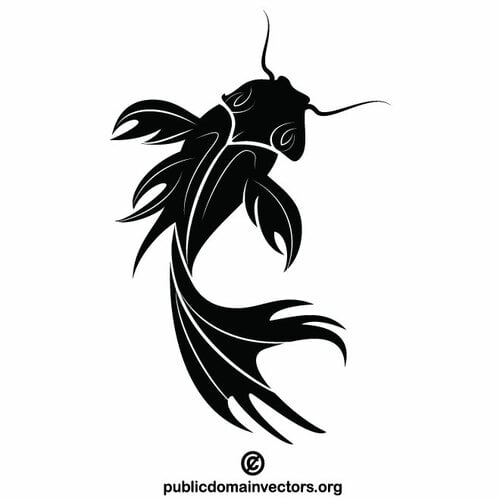However, Few Know Of Thier Origins
 Koi, or Nishikigoi, are rapidly changing into widespread in the United States. However, few know of thier origins.
Koi, or Nishikigoi, are rapidly changing into widespread in the United States. However, few know of thier origins.
The first Koi had been produced by breeding Carp such as the Asian and German Carp. After years of selective breeding, various shade mutations started exhibiting up. The first color patterns have been recorded as early as 1805. Today, there are actually 1000's of color variations available. The preferred colours discovered are white, silver, yellow, orange, pink, black, blue and green. Combined with the patterns accessible, the possibilities are nearly infinite. Each noticeable pattern and colour have their own names, that are typically as distinctive because the shade they are referring too. Favorite varieties vary by nation and placement.
Koi are raised for buy in international locations like Japan, Singapore, Israel, and in the hotter American states equivalent to Nevada and California. Koi may be purchased at most native pet shops. If they do not have inventory available, typically they can be ordered. Ordering Koi has its advantages and disadvantages. You may have extra choices when ordering Koi, because you should not have to select from the stock on hand, but the drawback lies in the very fact that you will not be able to choose particular Koi.
Koi, unlike most different fish, will continue to grow till they reach their breeds dictated size, regardless of the surroundings that they're in. Baby Koi may be discovered as small as three inches. Jumbo Koi have even been know to achieve lengths of three ft or extra. The most common measurement found is around two toes in length.
Koi are omnivorous fish, which suggests they'll eat each meat and plants. Because of this their diets are very versatile. Koi will eat just about something that you place within the pond with them, no matter if it is sweet for them or not. Since Koi would not have a sense of what's unhealthy and good for them, as their owner you will need to control their eating regimen. Another potential drawback is over feeding treats. Again, Koi don't have the data to know when to cease consuming, and weight points could come from overfeeding none nutritional foods. The healthiest treats for Koi are what they'd discover naturally of their ponds, reminiscent of earthworms and tadpoles, however it will not damage to feed Koi treats equivalent to Lettuce, bread, fruit, and veggies. It's best to pay particular attention to the certain foods such as corn, beans, and grapes, as they contain an outer casing, which can't be properly digested if swallowed by Koi. If you must feed this kind of foods to your Koi, you should definitely utterly take away the outer casings earlier than giving it to your Koi.
Koi are none-aggressive fish. This means that they're suitable to reside with different fish similar to goldfish or comets. The only problem it's possible you'll find is smaller, less in a position fish may endure from lack of food, as Koi are fast eaters. Koi are so mellow that they have even been known to be educated to eat out of their owners hand. Koi shouldn't have teeth, so that you won't get bit for those who resolve to try and feed your Koi out of your hand.
Koi have been identified to reside up to 30 years beneath the best situations, so if you're desirous about shopping for Koi, it's essential to consider this. The report for the oldest Koi is held by a Japanese Koi, who was 233 years old when he died.
Comments
Post a Comment